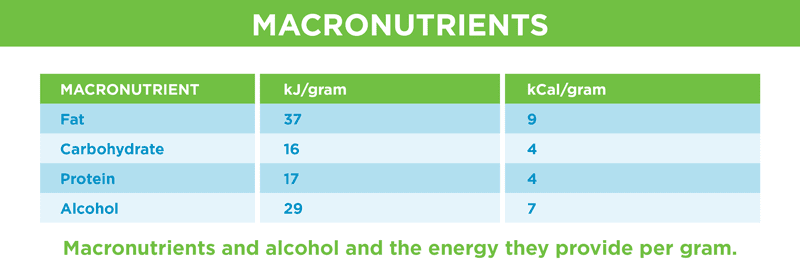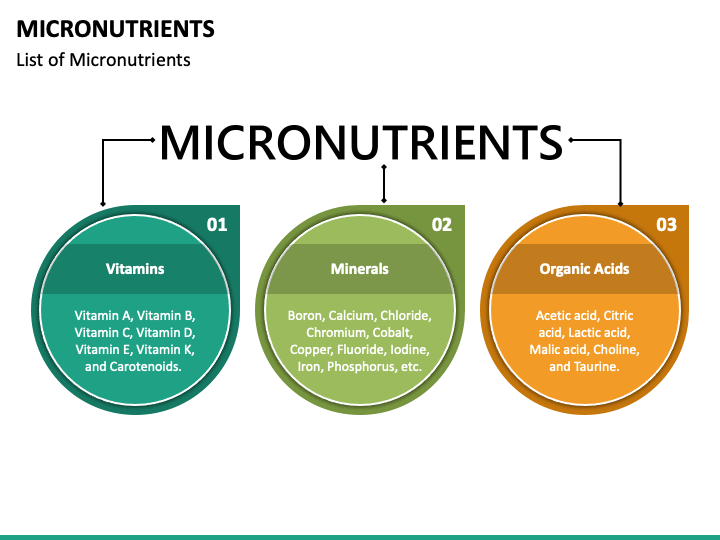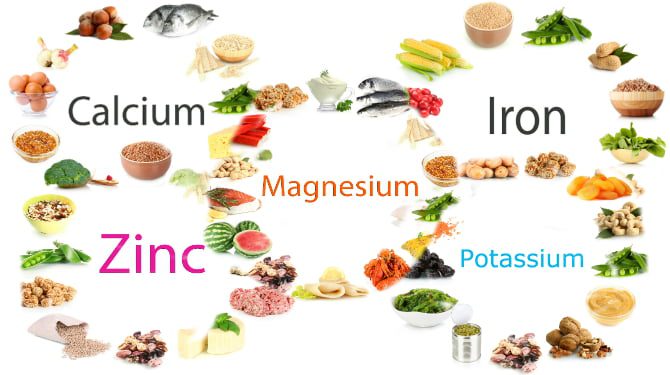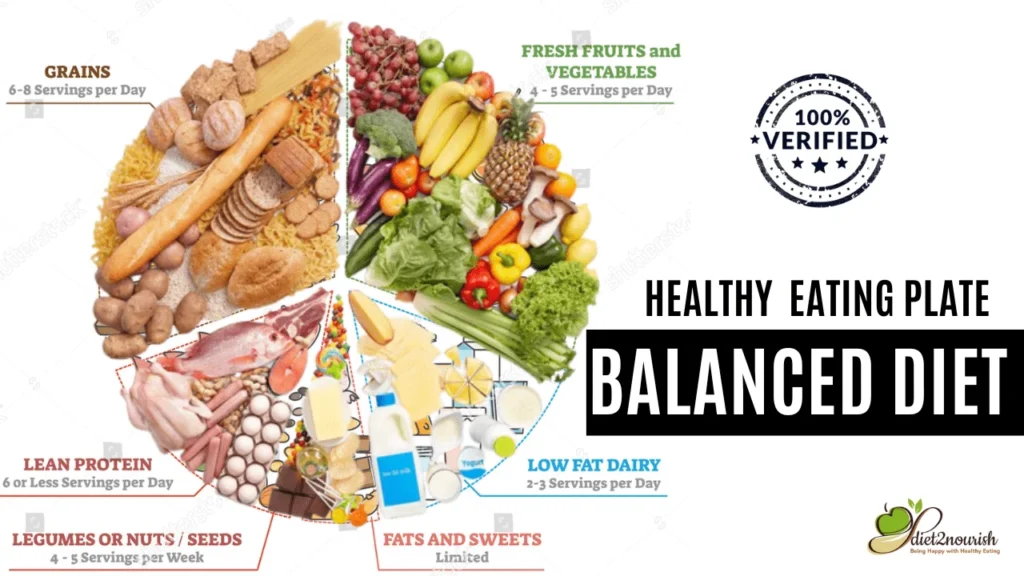
Understanding Nutrition helps you to know the Concept of Healthy Eating:
Enter “4 Steps to Nurturing Your Health with Nutrition and Healthy Eating.” This article is your comprehensive guide to mastering the art of nutrition. In our fast-changing world filled with ever-shifting dietary trends, it’s easy to feel overwhelmed by the quest for a healthy lifestyle That is why it is from the essentials of our responsibilities to help our people and aware them of the best of the remaining healthy tips to Focus on your Health and Hence A Roadmap to healthy eating. Whether you’re starting your journey or seeking to refine your dietary habits, this piece equips you with knowledge and practical insights for thriving.

What Will We Discuss about Nutrition and Healthy Eating:
Macronutrients,
Micronutrients,
and the secrets to crafting a balanced diet,
Nutritious diet,
We’ll delve into revealing the keys to mindful eating.
Whether your goal is weight management, increased energy, or overall well-being, this article is your compass for navigating the realm of nutrition and healthy eating. So, let’s embark on this exciting journey together!
Understanding Macronutrients: The Building Blocks of a Healthy Eating
After Knowing About Nutrition, Lets proceed to Know about its some components. Knowing about Macronutrients is very important for us to maintain the our health and healthy Eating,
Macronutrients are the foundation of a balanced diet. They come in three main categories: carbohydrates, proteins, and fats. Understanding their roles is vital in making informed dietary choices.

- Carbohydrates: Carbs are your body’s primary energy source. Opt for complex carbohydrates like whole grains, fruits, and vegetables. They provide sustained energy without the rapid blood sugar spikes associated with simple sugars.

- Proteins: Proteins are essential for muscle growth and repair. Sources like lean meats, poultry, fish, beans, and tofu are excellent options. They help you feel full and satisfied.

- Fats: Healthy fats, found in avocados, nuts, and olive oil, are crucial for various bodily functions. They also promote satiety. Avoid trans fats and limit saturated fats to maintain heart health.

Micronutrients and Their Importance
Micronutrients, including vitamins and minerals, play a vital role in maintaining good health. Here’s why they matter:

- Vitamins: These organic compounds support various bodily functions, from immune system health to energy production. For example, vitamin C, found in citrus fruits, is vital for immune function.

- Minerals: Minerals like calcium and magnesium are essential for bone health, while iron supports oxygen transport in the blood. A well-rounded diet rich in fruits, vegetables, and whole grains ensures you get a spectrum of these micronutrients.

Balanced Diet and Portion Control:
Balancing your diet is essential for overall health. A balanced meal typically includes a protein source, complex carbohydrates, healthy fats, and plenty of fruits and vegetables. To prevent overeating, practice portion control.

Portion Control for Healthy Eating:
Controlling portion sizes is essential for maintaining a balanced diet. It prevents overeating and helps with weight management. Paying attention to portion sizes can prevent excessive calorie intake.
Diverse Food Groups for a Balanced Diet:

A balanced diet includes a variety of foods from different groups, such as fruits, vegetables, grains, proteins, and dairy. This diversity ensures you get a wide range of essential nutrients.
Nutrient-Rich Choices for Optimal Health:
Opt for nutrient-dense foods like lean proteins, whole grains, and fresh produce. These choices provide vital vitamins, minerals, and antioxidants, supporting overall health and vitality.
Healthy Eating:
Healthy eating isn’t just about what you eat but also how you eat. Here are some habits to cultivate:

Regular Meals and Snacking:
Eating at consistent intervals maintains steady blood sugar levels and prevents overindulgence later in the day.
Mindful Eating:

Paying attention to your food and savoring each bite can help you enjoy your meals more and recognize when you’re full.
Long-Term Health:
Healthy eating is not a short-term fix but a long-term commitment to your well-being. It can reduce the risk of chronic diseases such as heart disease, diabetes, and certain types of cancer..

In the next part of our journey, we’ll explore meal planning, decoding food labels, and accommodating special dietary needs. “6 steps to Nurturing Your Health with Nutrition and Healthy Eating” is all about providing you with the tools you need to lead a healthier, more vibrant life. Stay tuned for more insights and tips on your path to wellness.







